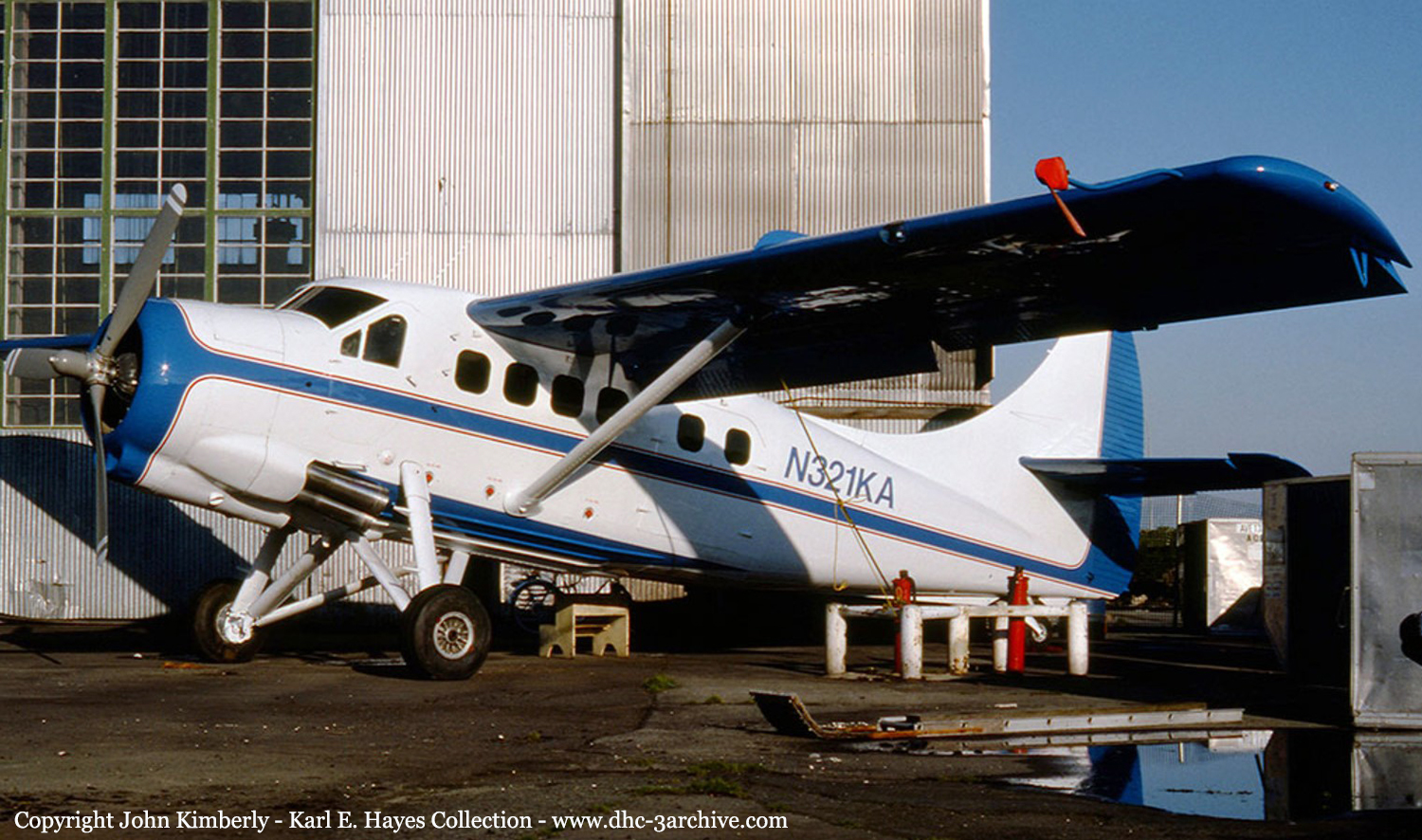Crash of a Mitsubishi MU-2B-40 Marquise in South Charleston
Date & Time:
Aug 29, 1993 at 1550 LT
Registration:
N965MA
Survivors:
Yes
Schedule:
Rochester - Roanoke
MSN:
404
YOM:
1979
Crew on board:
1
Crew fatalities:
Pax on board:
2
Pax fatalities:
Other fatalities:
Total fatalities:
0
Captain / Total hours on type:
2500.00
Aircraft flight hours:
2739
Circumstances:
The pilot reported the right engine failed, followed by the left engine approximately one minute later while he was in cruise at 25,000 feet. He said he initiated a steep descent to get below 18,000 feet, and attempts at restarting the left engine were unsuccessful. The pilot landed 500 feet down a 1,900 feet long runway and ran off the departure end, 300 feet, into a wooded area. Post accident investigation found 130 gallons of fuel onboard in the main tanks. The fuel was tested and found to be free of water. The fuel lines were free of obstructions and the fuel pumps worked. A failed torque sensor was found on the left engine which would disconnect the left engine driven fuel pump. The right engine was test run satisfactorily.
Probable cause:
Improper emergency procedures by the pilot which resulted in the shutdown of an operative engine, following a power loss due to a failed torque sensor in the other engine, which resulted in a total power loss approach, landing, and overrun.








